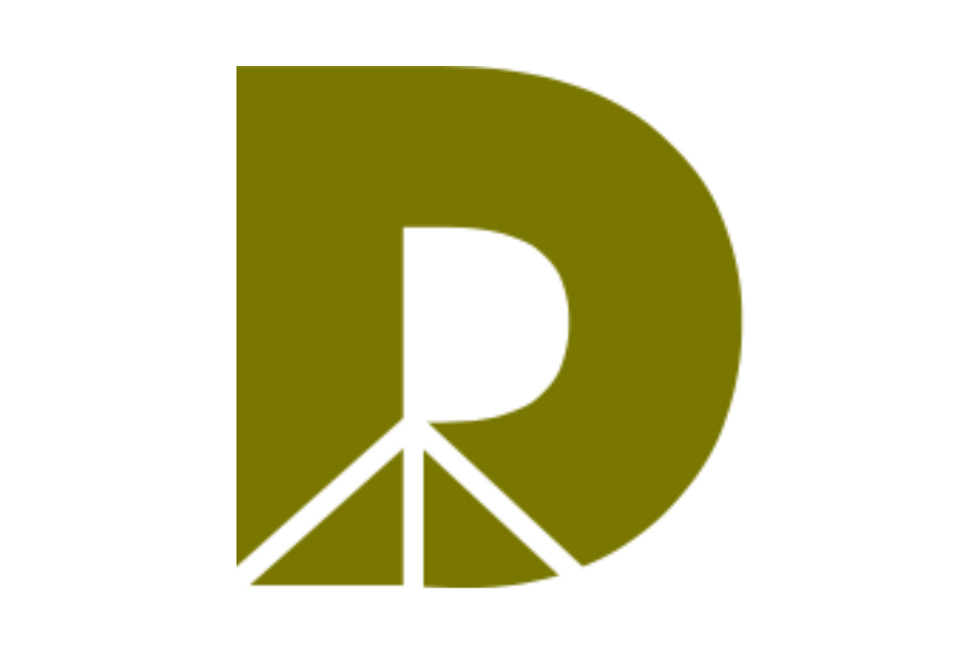Multiple high-grade gold intercepts confirm 1km mineralised trend at

More recently, the Heritage Foundation included a whole chapter on the Fed written by a former member of Trump’s 2016 transition team in its Project 2025 (a proposed blueprint for Trump’s second term), and suggested a return to the gold standard. While Trump has publicly disavowed Project 2025, its creators say he is privately supportive of the initiative.
Read on to learn what the gold standard is, why it ended, what Trump has said about bringing back the gold standard — and what could happen if a gold-backed currency ever comes into play again.
What is the gold standard?
What is the gold standard and how does it work? Put simply, the gold standard is a monetary system in which the value of a country’s currency is directly linked to the yellow metal. Countries using the gold standard set a fixed price at which to buy and sell gold to determine the value of the nation’s currency.
For example, if the US went back to the gold standard and set the price of gold at US$500 per ounce, the value of the dollar would be 1/500th of an ounce of gold. This would offer reliable price stability.
Under the gold standard, transactions no longer have to be done with heavy gold bullion or gold coins. The gold standard also increases the trust needed for successful global trade — the idea is that paper currency has value that is tied to something real. The goal is to prevent inflation as well as deflation, and to help promote a stable monetary environment.
When was the gold standard introduced?
The gold standard was first introduced in Germany in 1871, and by 1900 most developed nations, including the US, were using it. The system remained popular for decades, with governments worldwide working together to make it successful, but when World War I broke out it became difficult to maintain. Changing political alliances, higher debt and other factors led to a widespread lack of confidence in the gold standard.
What countries are on the gold standard today?
Currently, no countries use the gold standard. Decades ago, governments abandoned the gold standard in favor of fiat monetary systems. However, countries around the world do still hold gold reserves in their central banks. The Fed is the central bank of the US, and as of January 2025 its gold reserves came to 8,133.46 metric tons.
Why was the gold standard abandoned?
The demise of the gold standard began as World War II was ending. At this time, the leading western powers met to develop the Bretton Woods agreement, which became the framework for the global currency markets until 1971.
The Bretton Woods agreement was born at the UN Monetary and Financial Conference, held in Bretton Woods, New Hampshire, in July 1944. Currencies were pegged to the price of gold, and the US dollar was seen as a reserve currency linked to the price of gold. This meant all national currencies were valued in relation to the US dollar since it had become the dominant reserve currency. Despite efforts from governments…
Read More: Multiple high-grade gold intercepts confirm 1km mineralised trend at
